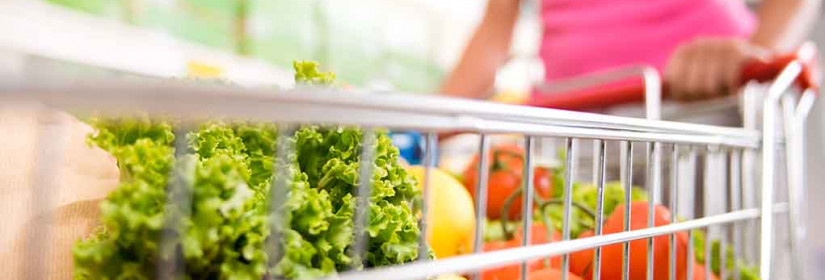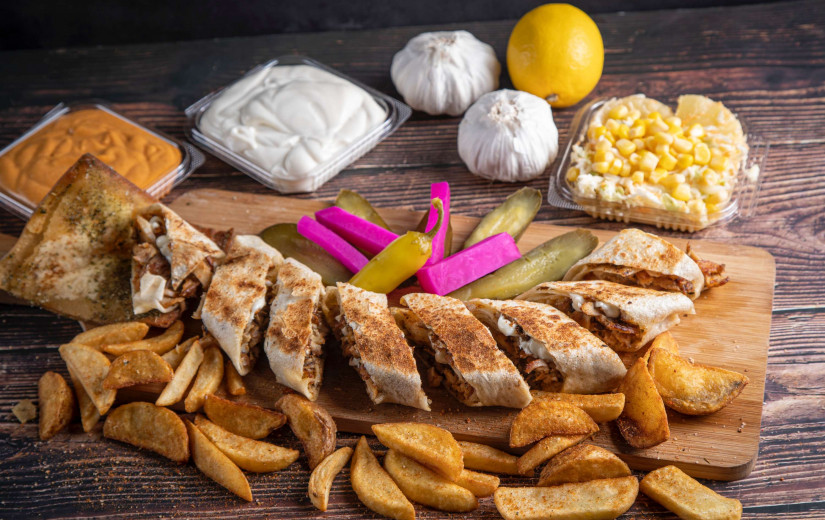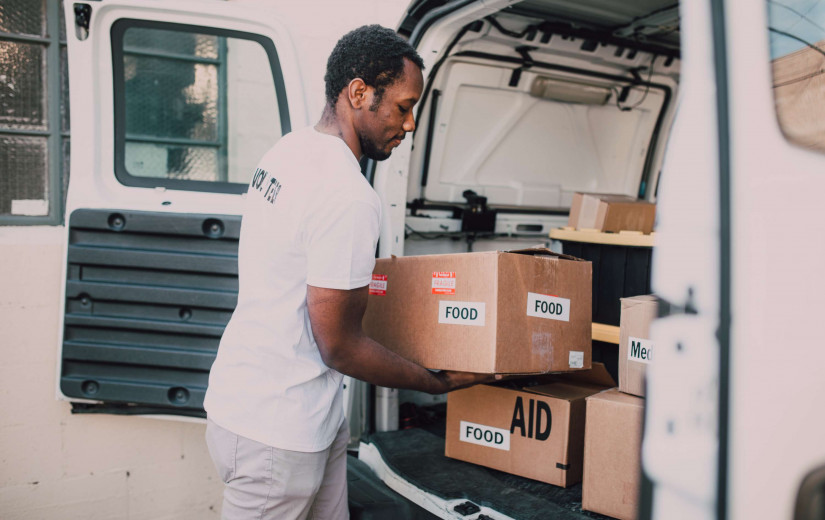May I Take Your Order? (Different Food Assistance Options)

Different Food Assistance Options
.@USDA programs like SNAP, WIC and the National School Lunch Program provide millions with access to healthy, nutritious food every day. pic.twitter.com/b06VlvrNAL
— Secretary Tom Vilsack (@SecVilsack) November 21, 2022National School Lunch Program
NSLP is a federally funded food program offered at residential childcare facilities, nonprofit private schools, and public schools. Every school day provides kids unrestricted, inexpensive, or nutritionally balanced lunches.
School Breakfast Program
SBP pays states for running charitable breakfast programs in classrooms and residential childcare facilities. At the federal level, the SBP is managed by the Food and Nutrition Service.
https://www.nutrition.gov
Special Milk Program
Children in schools and daycare facilities who do not take part in other federal food service programs are given milk by SMP. The program pays schools back for the milk they provide.
Child and Adult Care Food Program
CACFP is a federal initiative reimburses qualified children and adults enrolled in childcare facilities, daycare facilities, and adult daycare facilities for wholesome meals and snacks.
Summer Food Service Program
SFSP is a state-run and federally financed initiative. Program managers who provide free, wholesome meals and snacks to kids and teenagers in underprivileged regions are reimbursed by the SFSP.
Commodity Supplemental Food Program
By adding wholesome USDA Foods to low-income older people who are at least 60 years old, CSFP aims to improve their health.
The Emergency Food Assistance Program
TEFAP offers free emergency food assistance to low-income Americans to supplement their diets. USDA gives states administrative funding and USDA Foods that are entirely American-grown to run TEFAP.
Supplemental Nutrition Assistance Program
SNAP enables families in need to purchase healthy food and progress toward self-sufficiency by providing nutrition benefits to augment their food budget.
https://www.hsph.harvard.edu
Farmers Market Nutrition Program
WIC is linked to the Farmers' Market Nutrition Program (FMNP). FMNP coupons are given out to eligible WIC members in addition to their usual WIC benefits. The purchase of qualified foods from farmers, farmers' markets, or roadside stands given the go-ahead by the state agency to accept FMNP coupons is permitted with these coupons.
The Fresh Fruit and Vegetable Program
FFVP is a crucial weapon in the fight against childhood obesity. The program has effectively exposed elementary school students to a range of fruits they might not otherwise have the chance to try.
The public and commercial relationships that FNS and state agencies have formed, as well as the hard work of school administrators, have all contributed to the program's general success and popularity.
Seniors Farmers' Market Nutrition Program (SFMNP) aims to:
Seniors with limited resources should have access to locally produced fruits, vegetables, honey, and herbs.
Assistance with the creation of new and expanding farmers' markets, roadside stands, and agricultural community support initiatives.
Increase domestic consumption of agricultural products through farmers' markets, roadside stalls, and community-supported agrarian projects.
The Women, Infants, and Children's Special Supplemental Nutrition Program
WIC provides federal subsidies to states for supplemental foods, health care referrals, and nutrition instruction for low-income pregnant, nursing, and non-breastfeeding postpartum women as well as infants and kids up to age five who are considered to be at nutritional risk.https://www.usa.gov
We're announcing proposed science-driven updates to the foods prescribed to participants in the WIC program that will promote nutrition security and maternal and child health, along with more flexibility for participants ➡️ https://t.co/4FmjTidJix pic.twitter.com/TO22EgxEbG
— Dept. of Agriculture (@USDA) November 17, 2022
Conclusion
Through the above food programs, learn where to find nourishing food for you and your family. Subsidized food is available for seniors, and school lunches for your children.

















